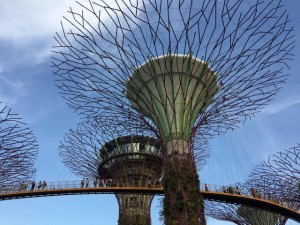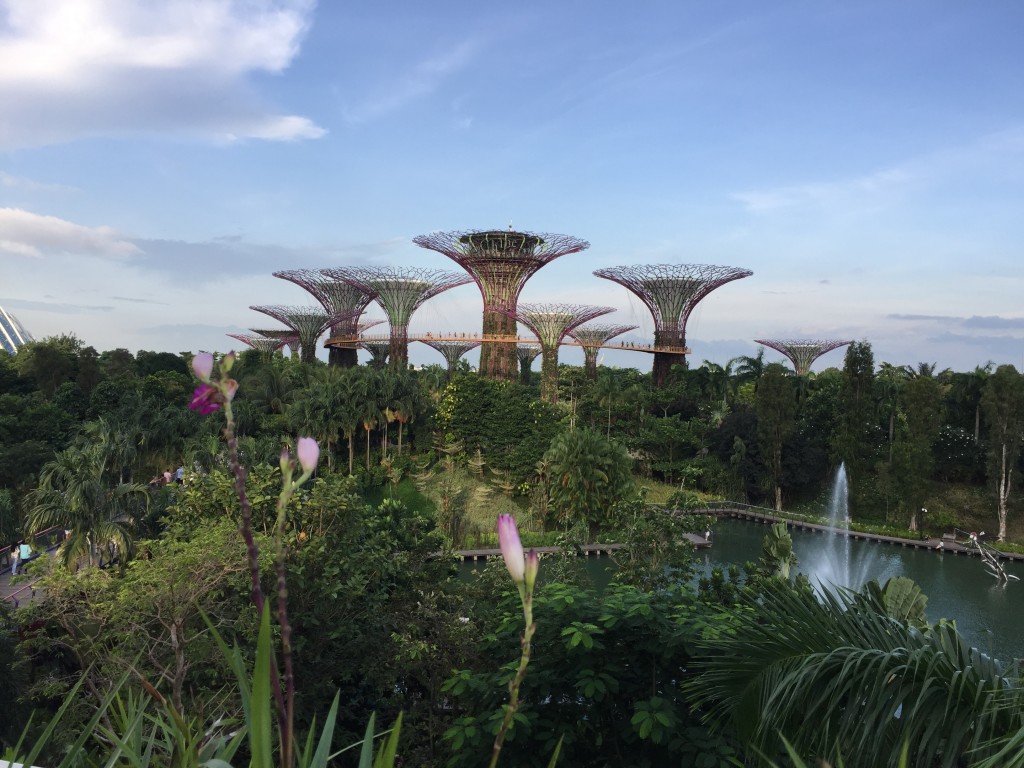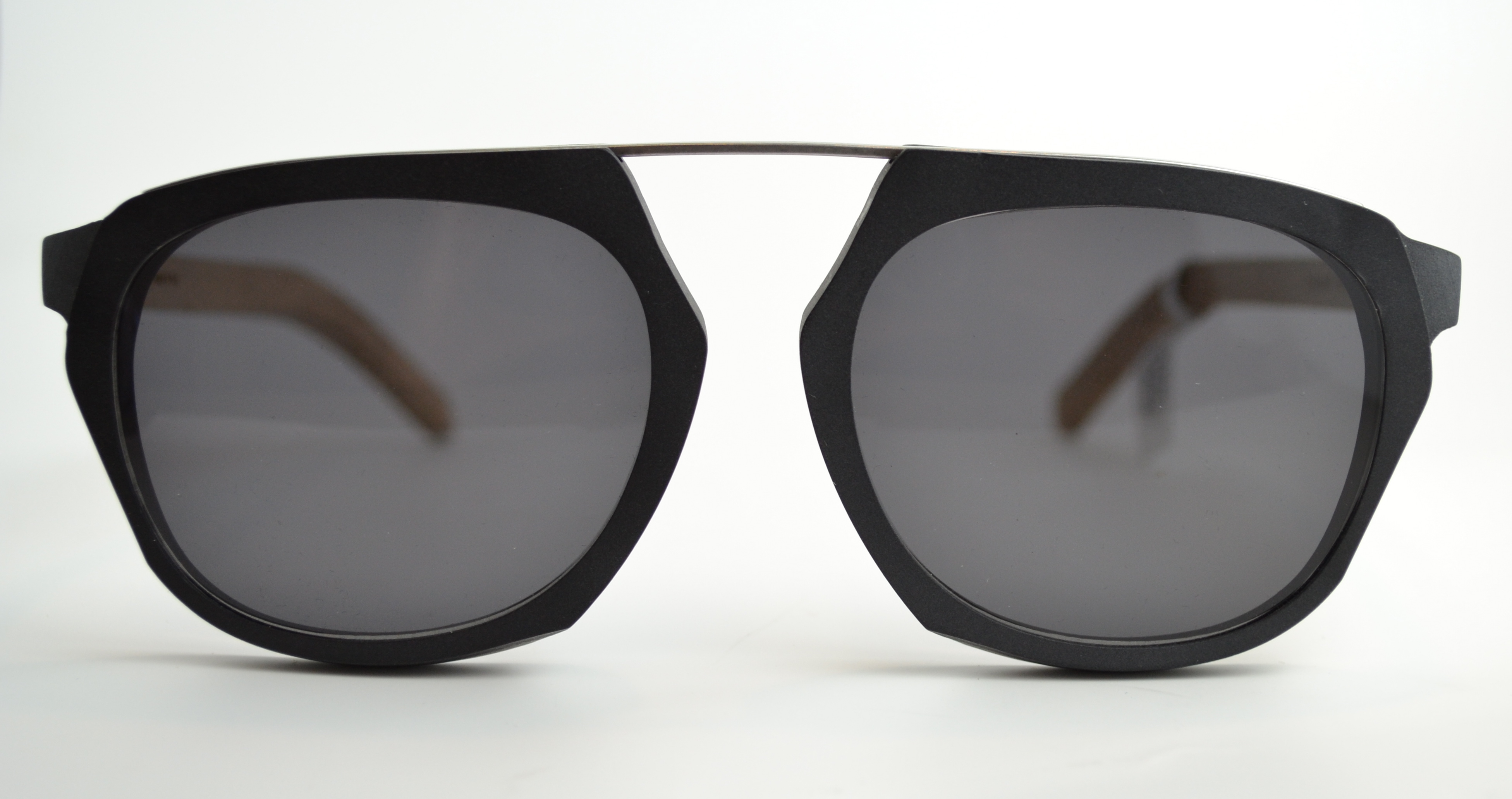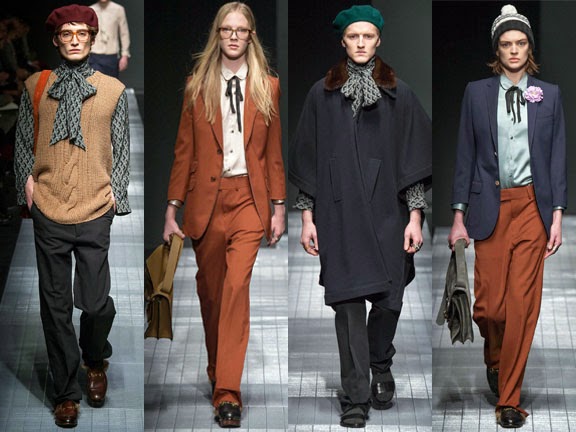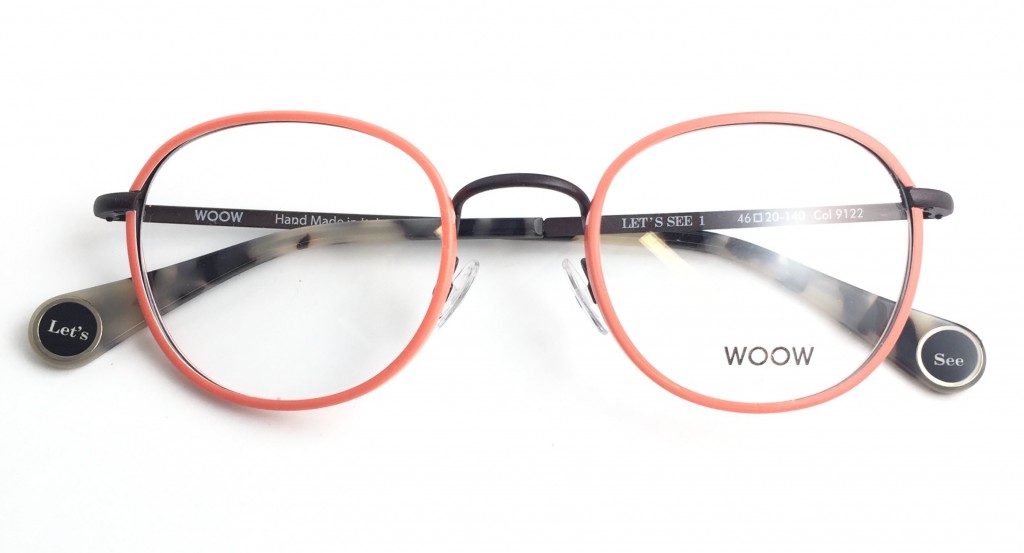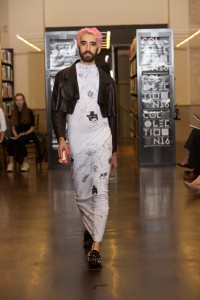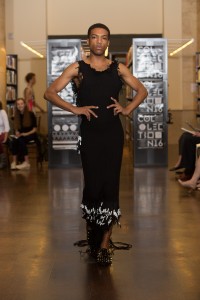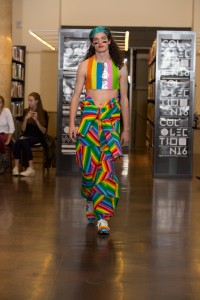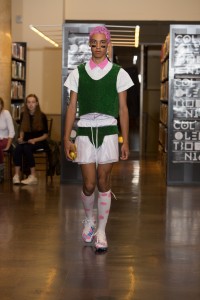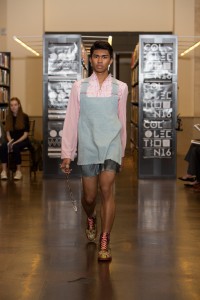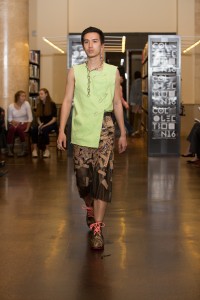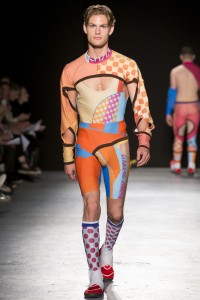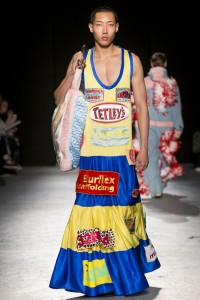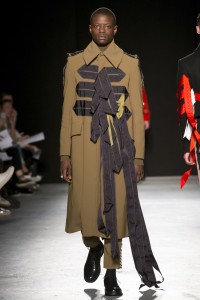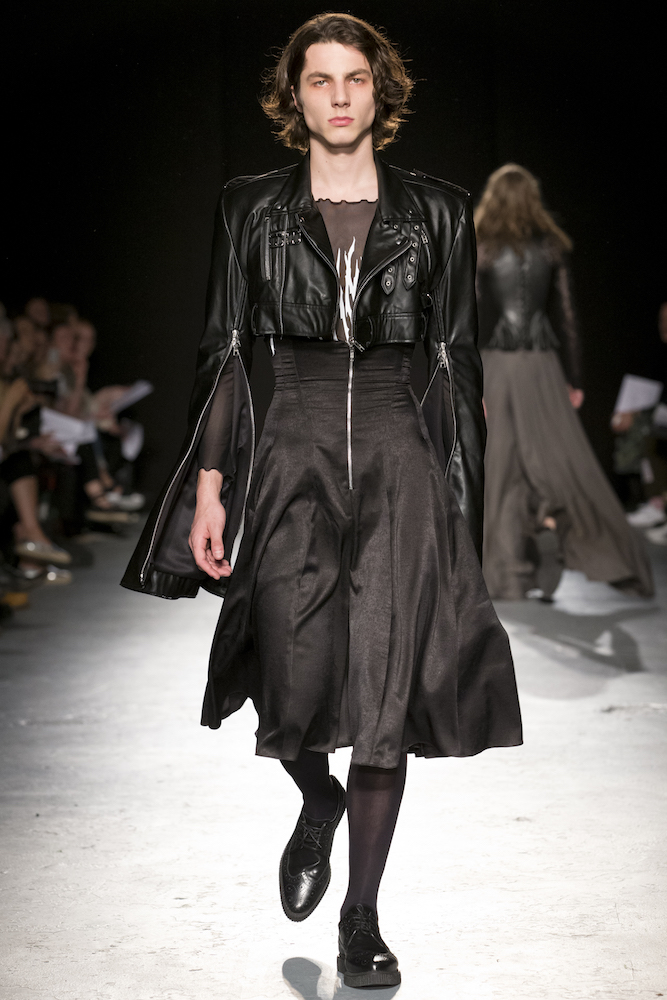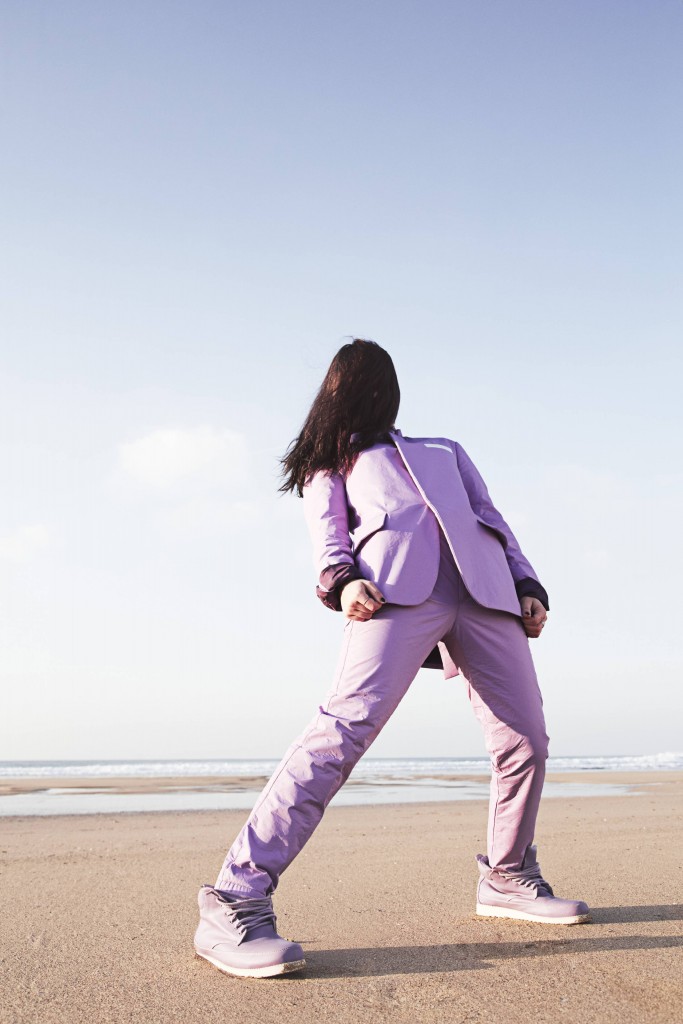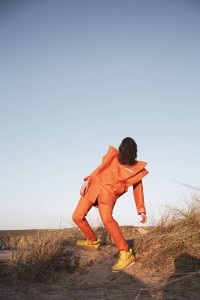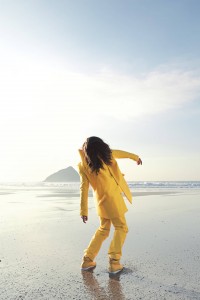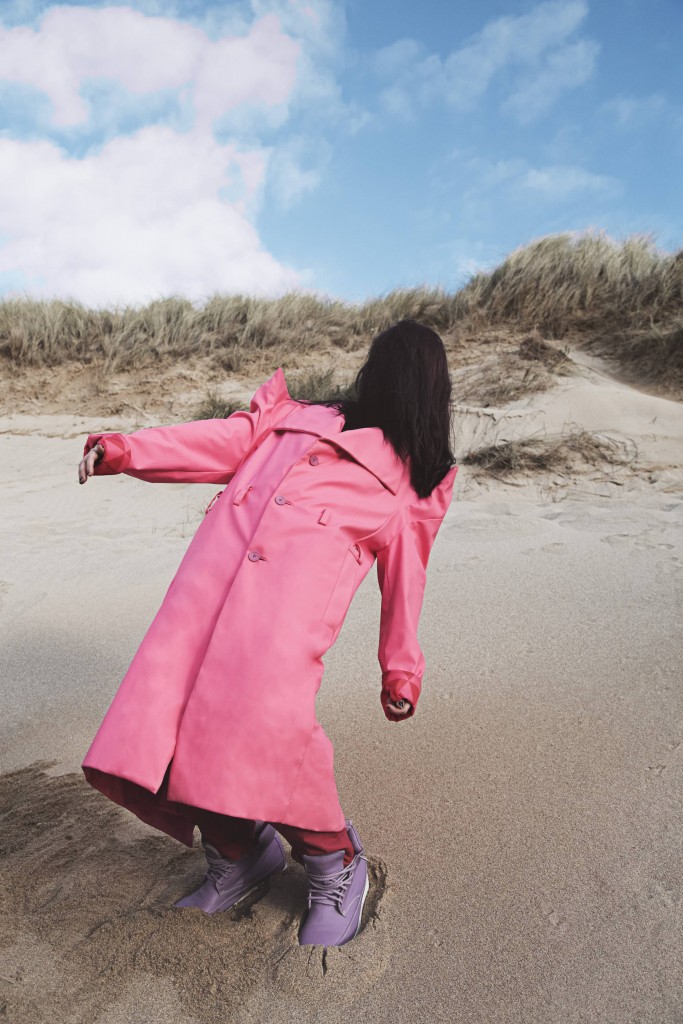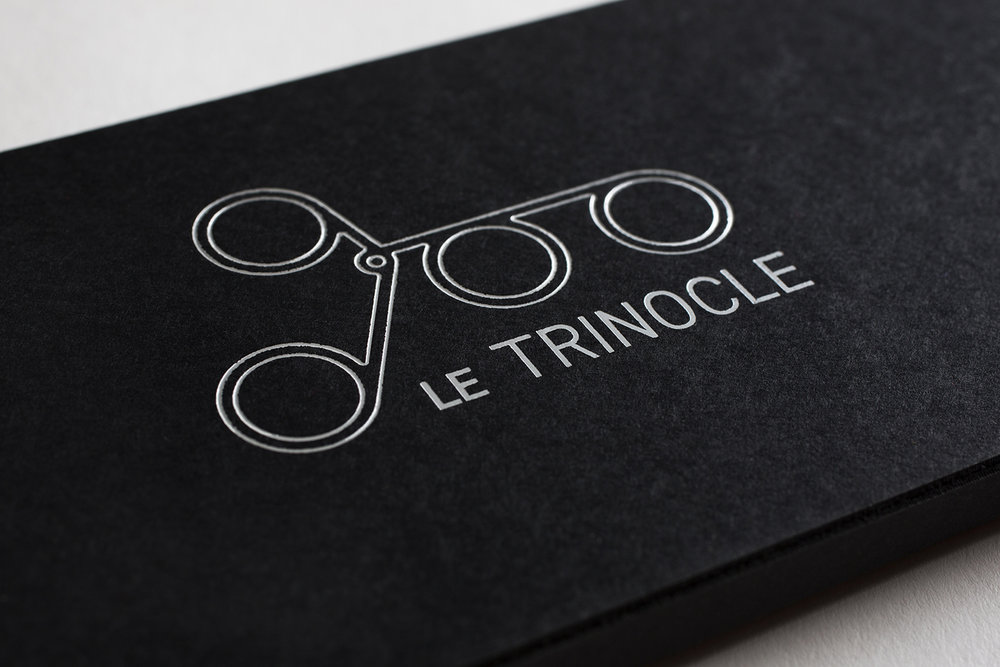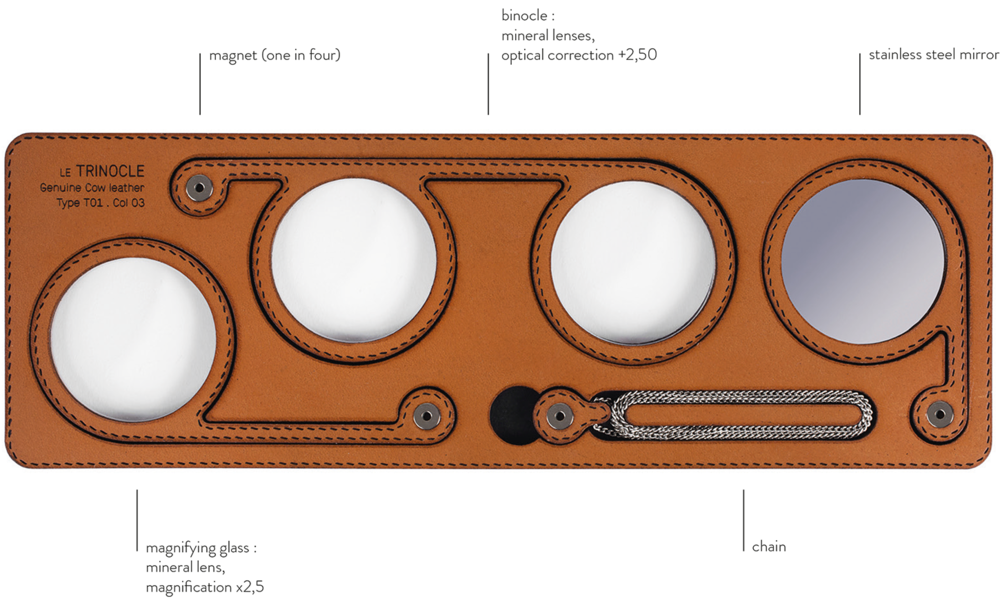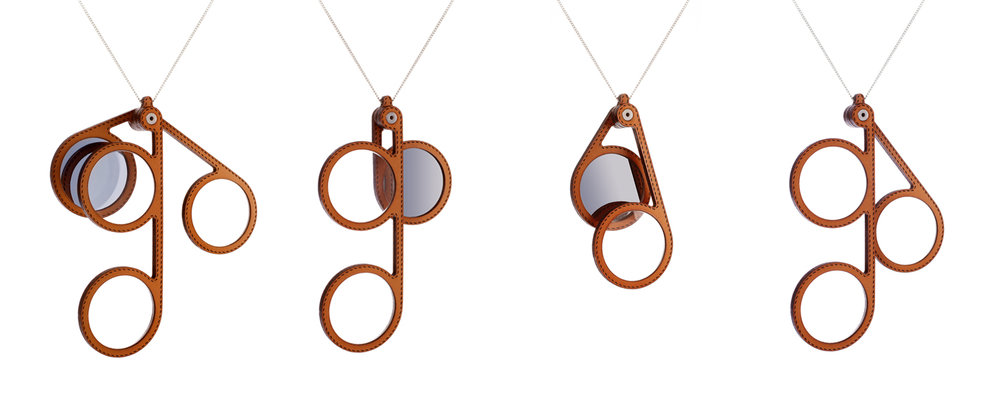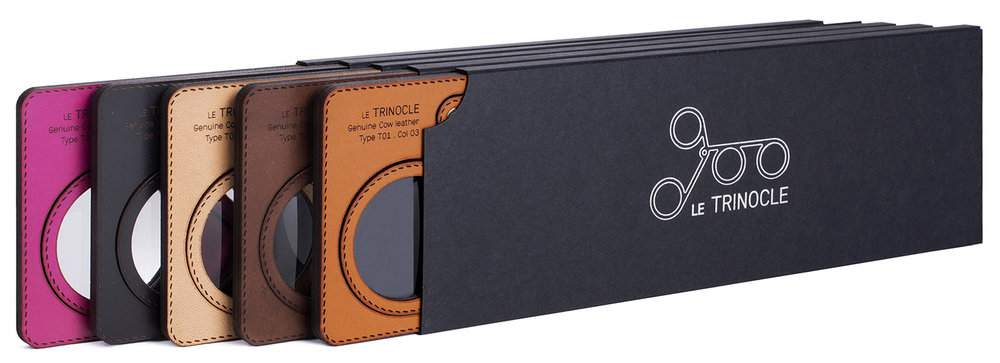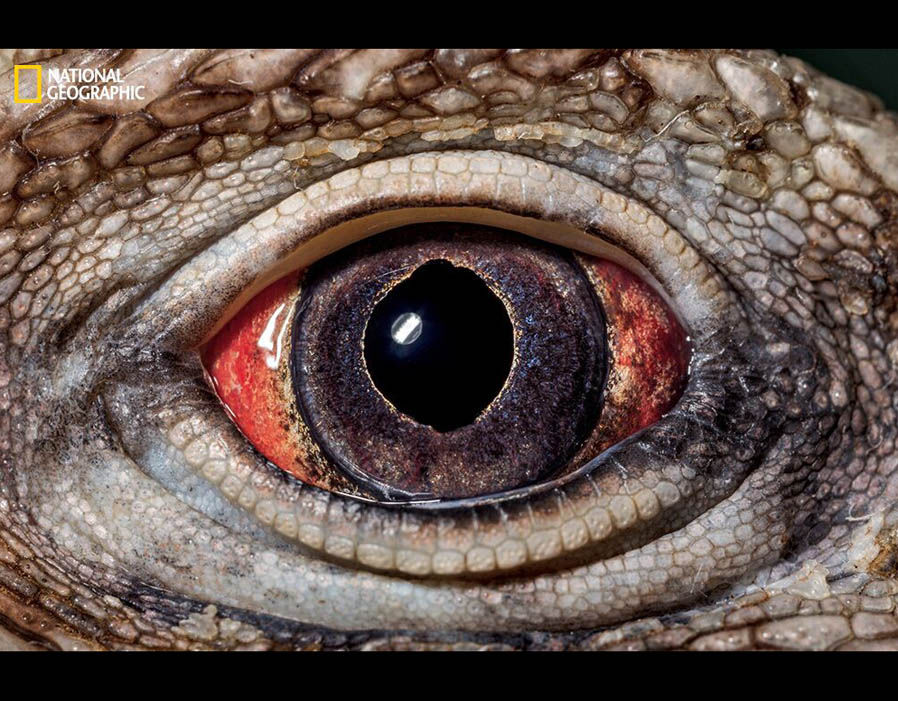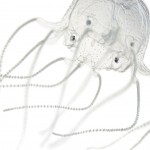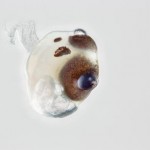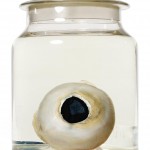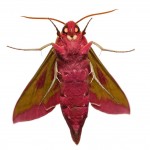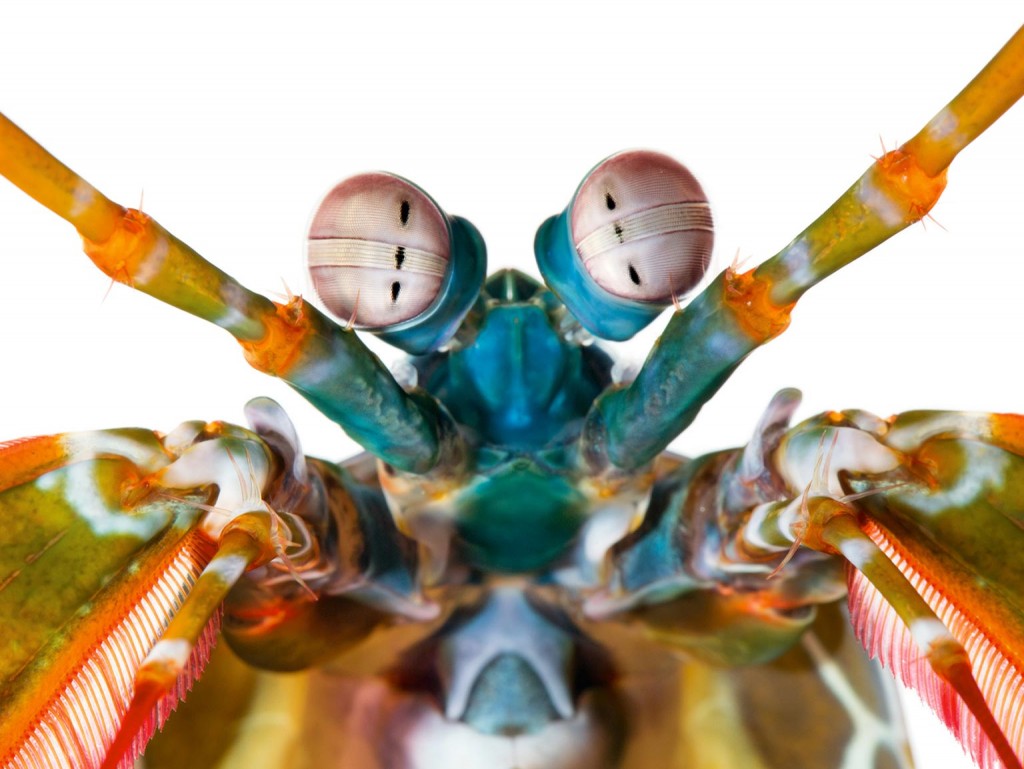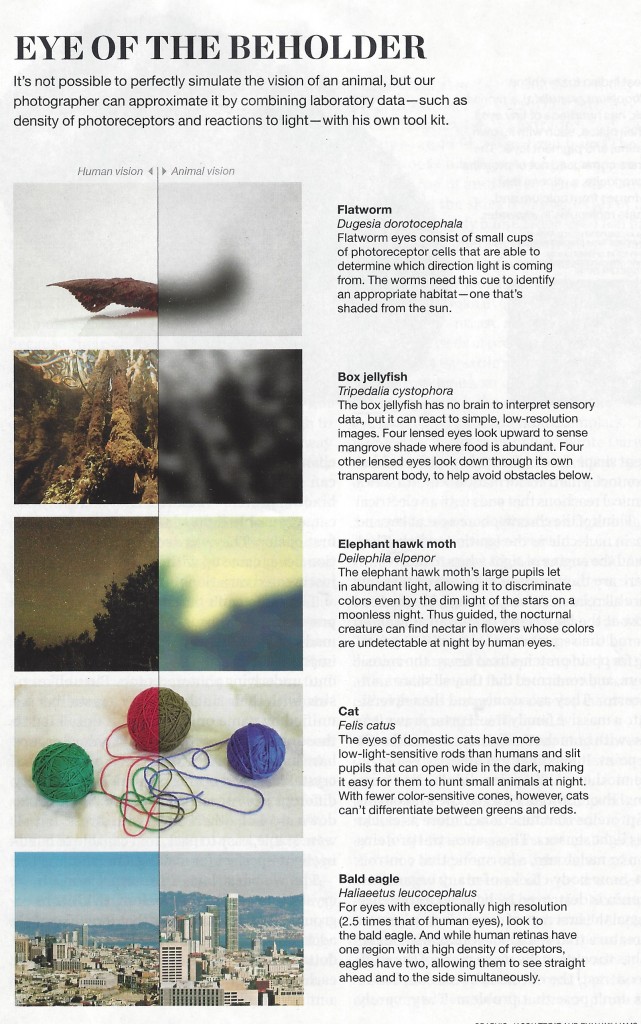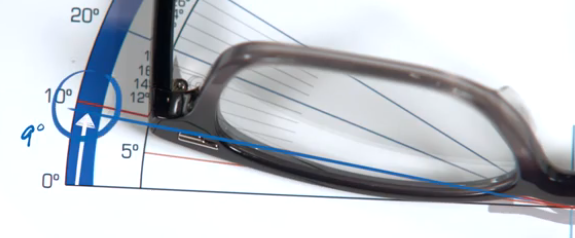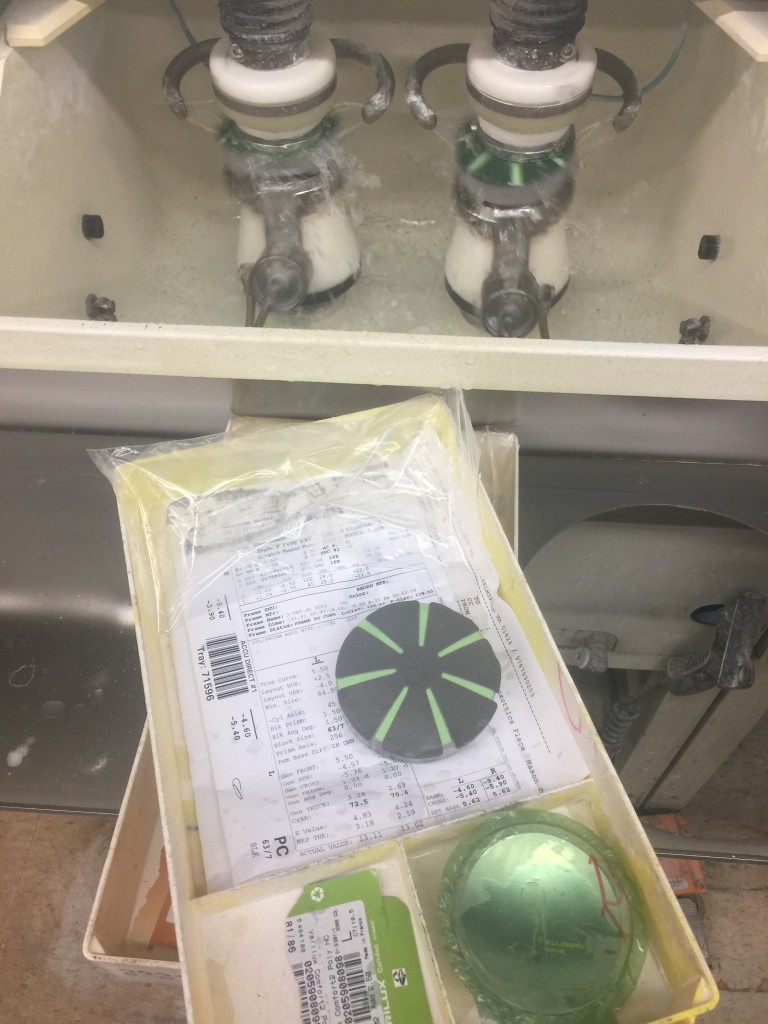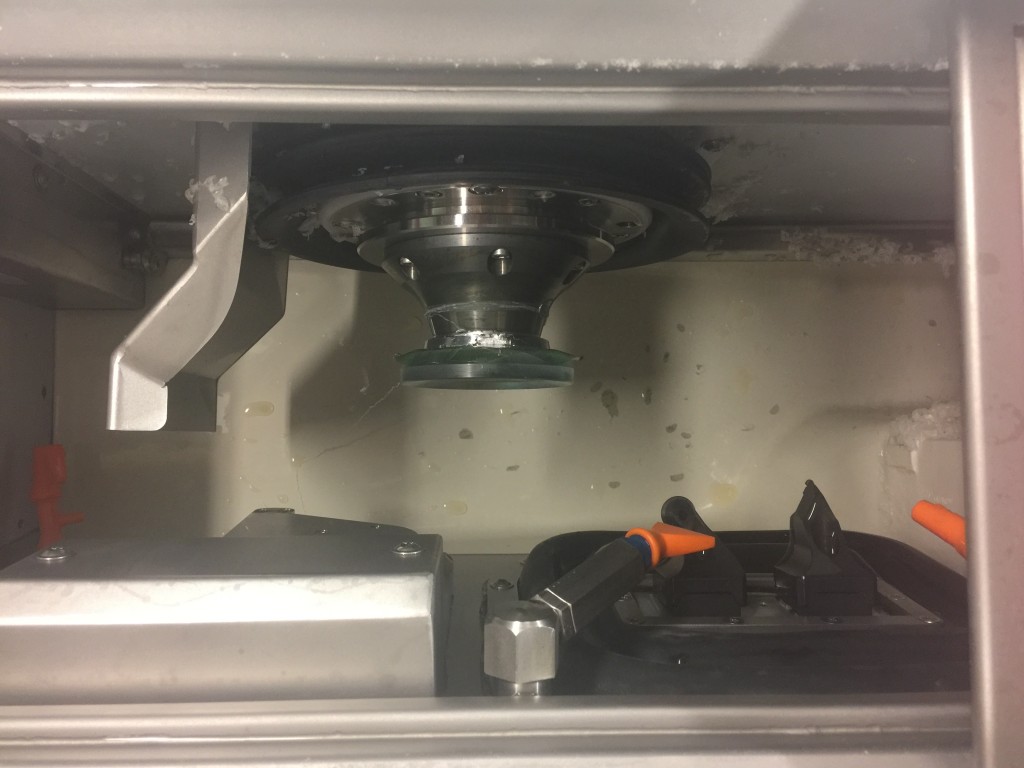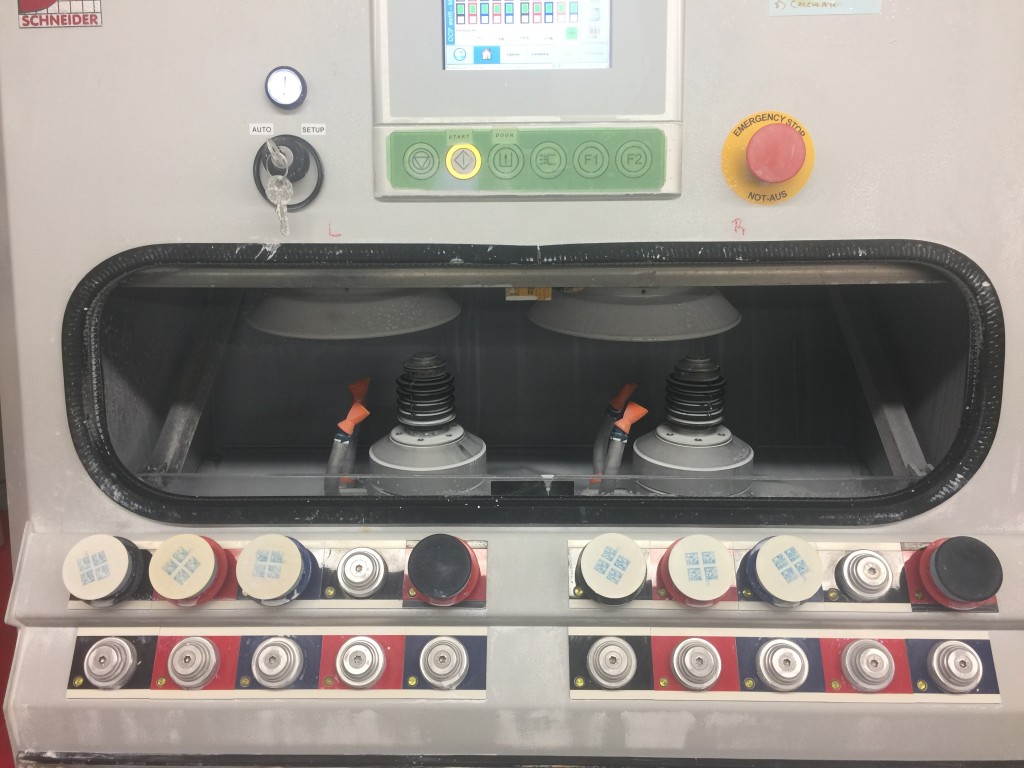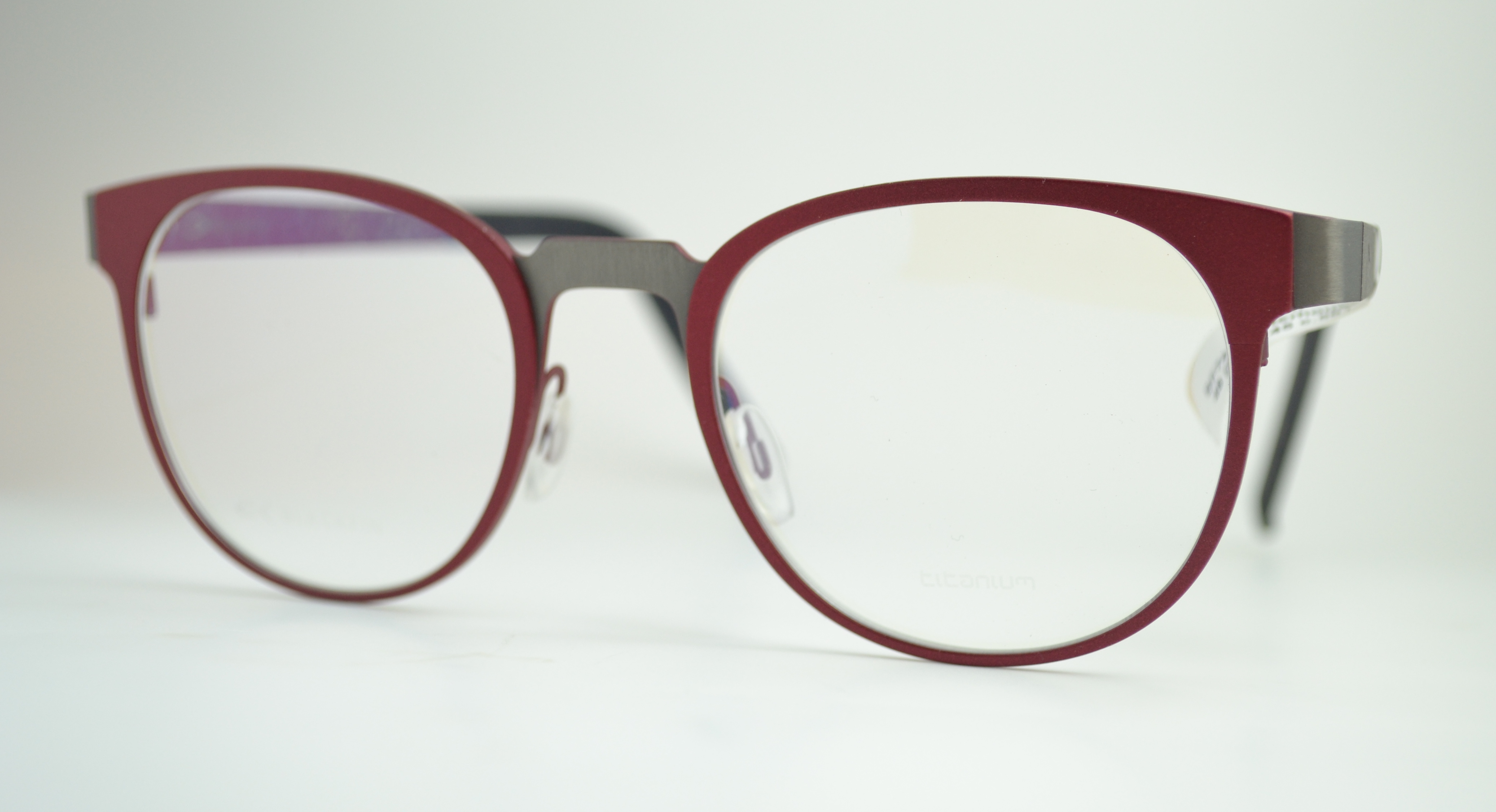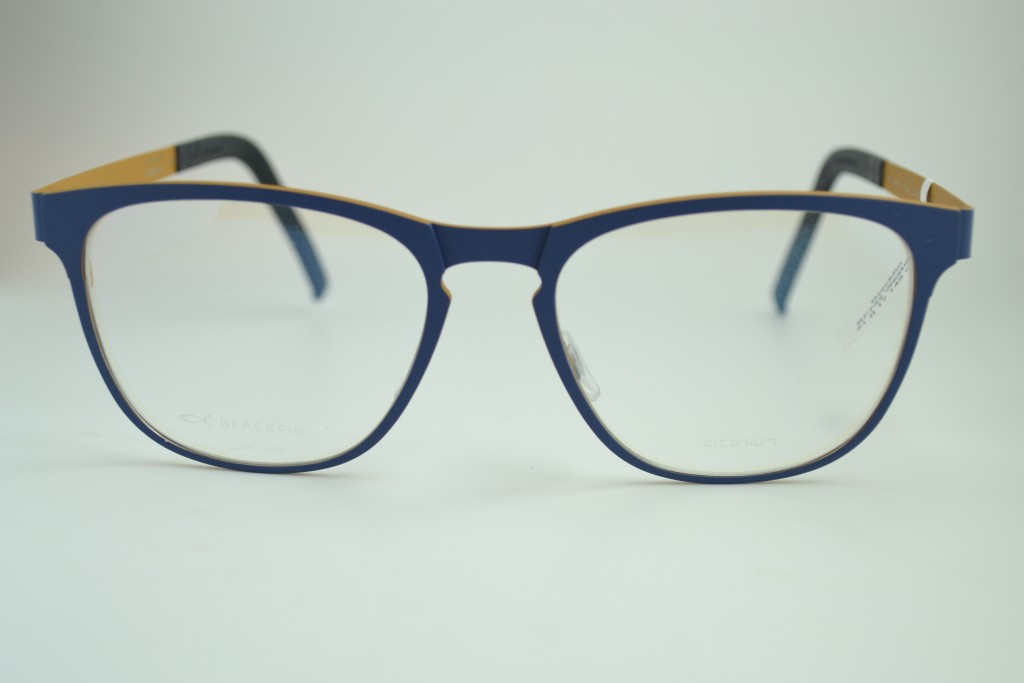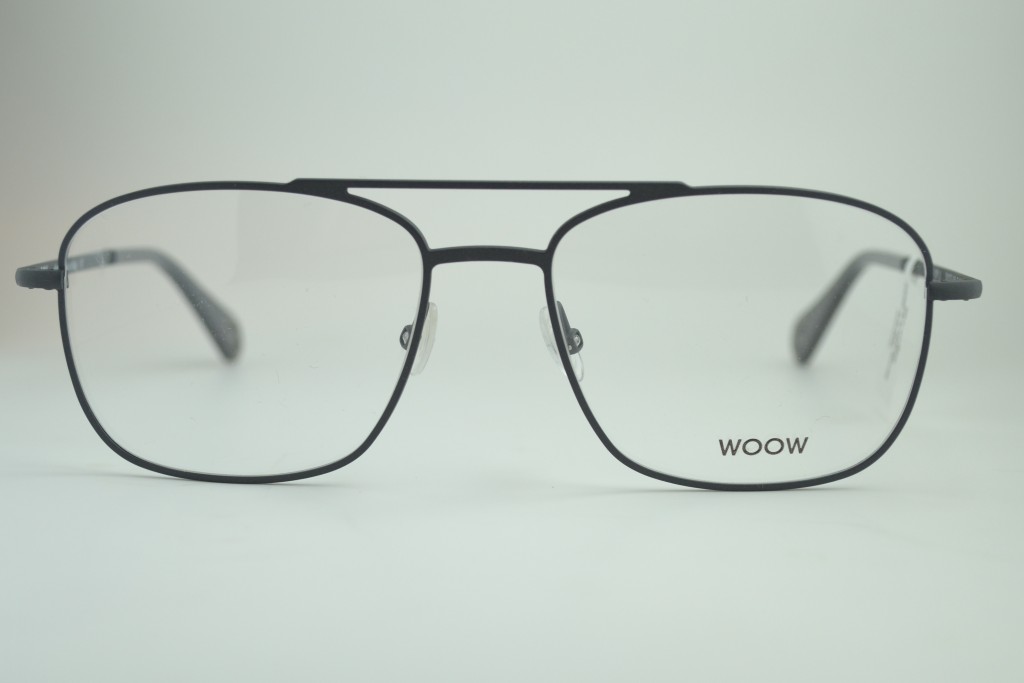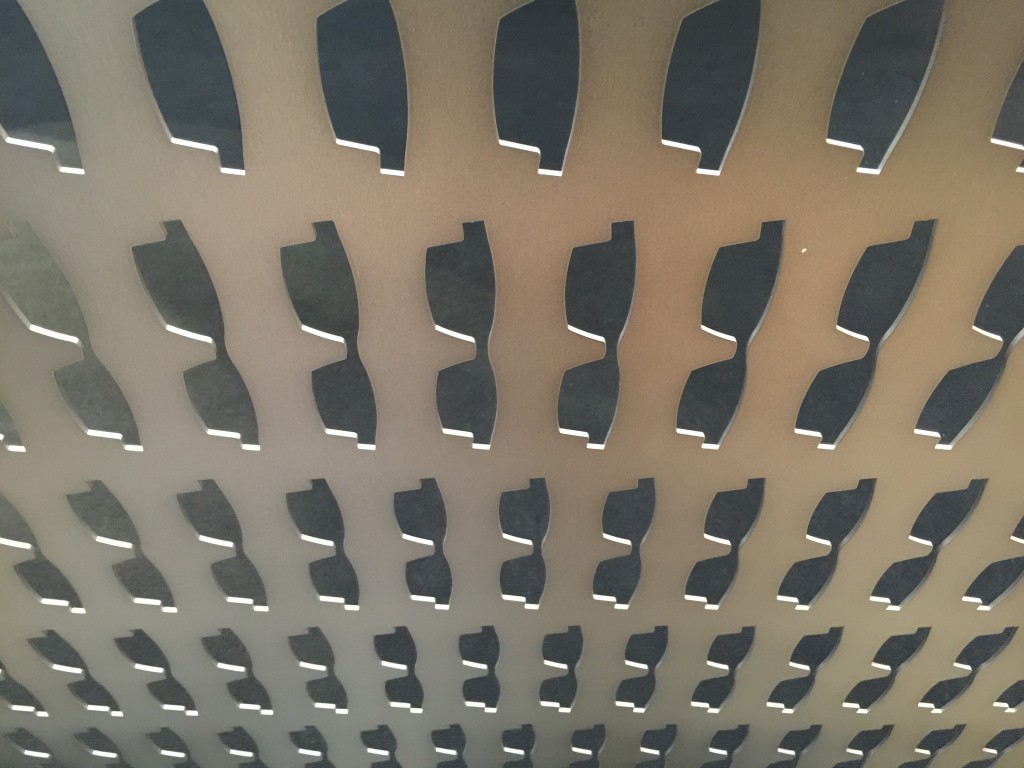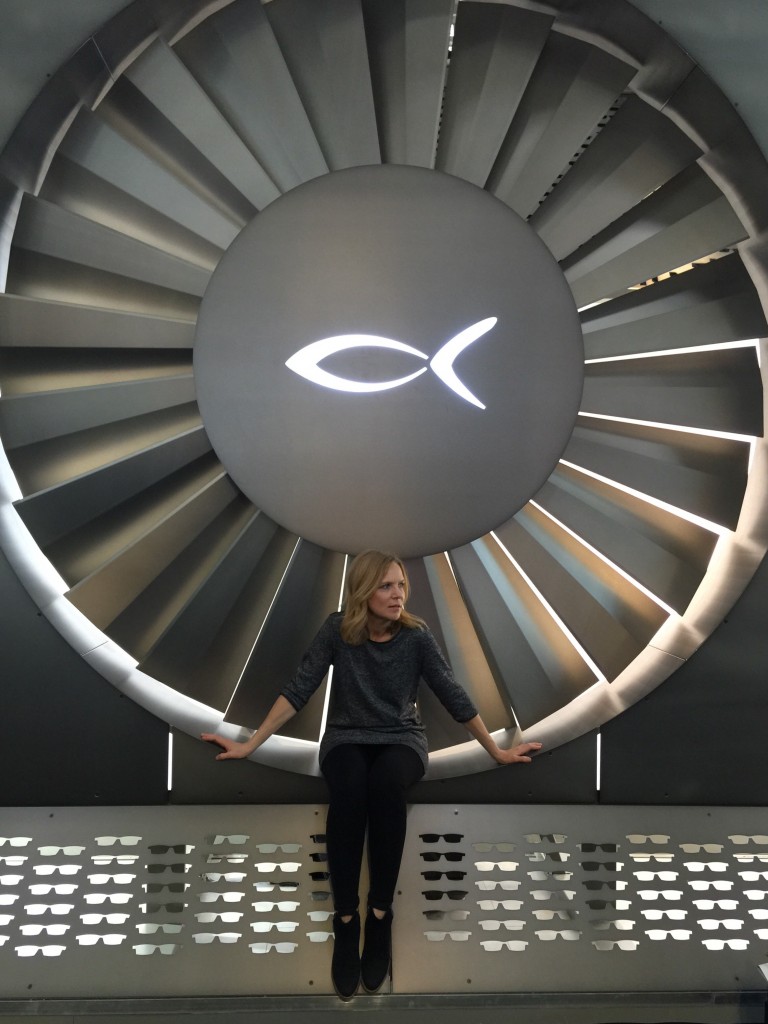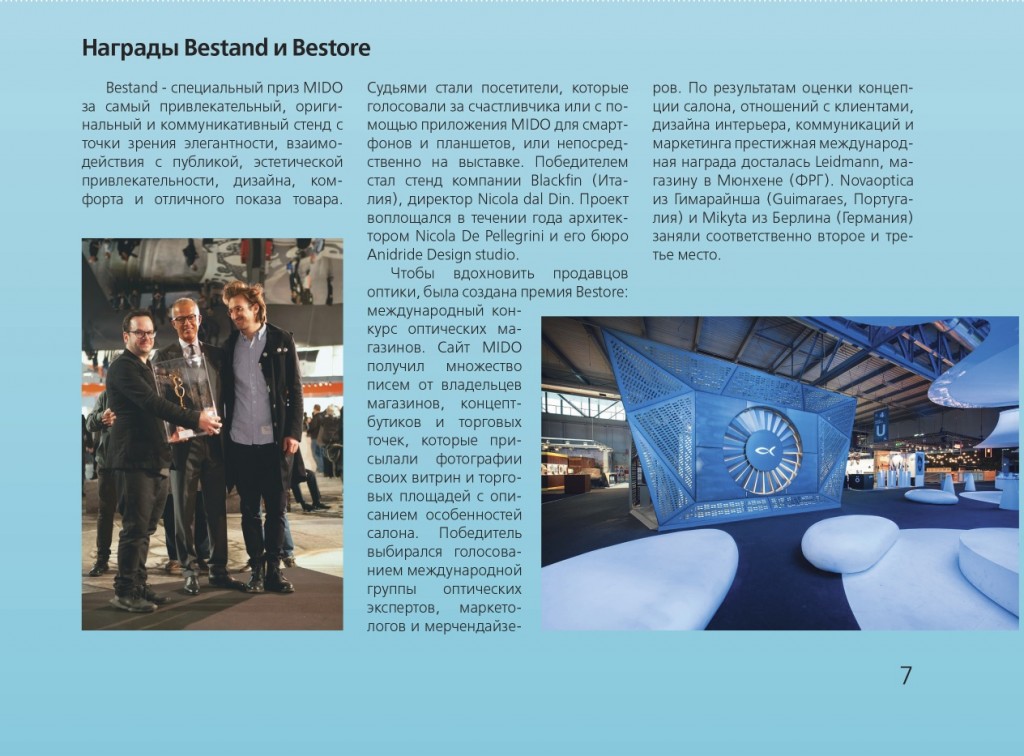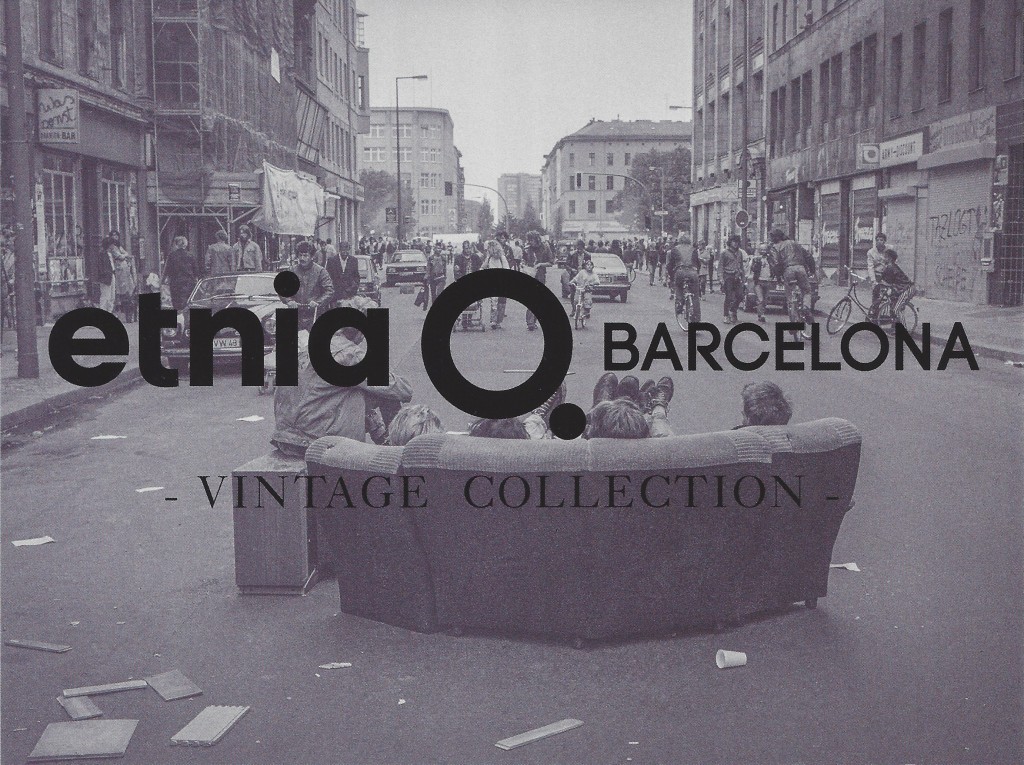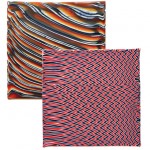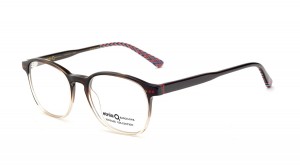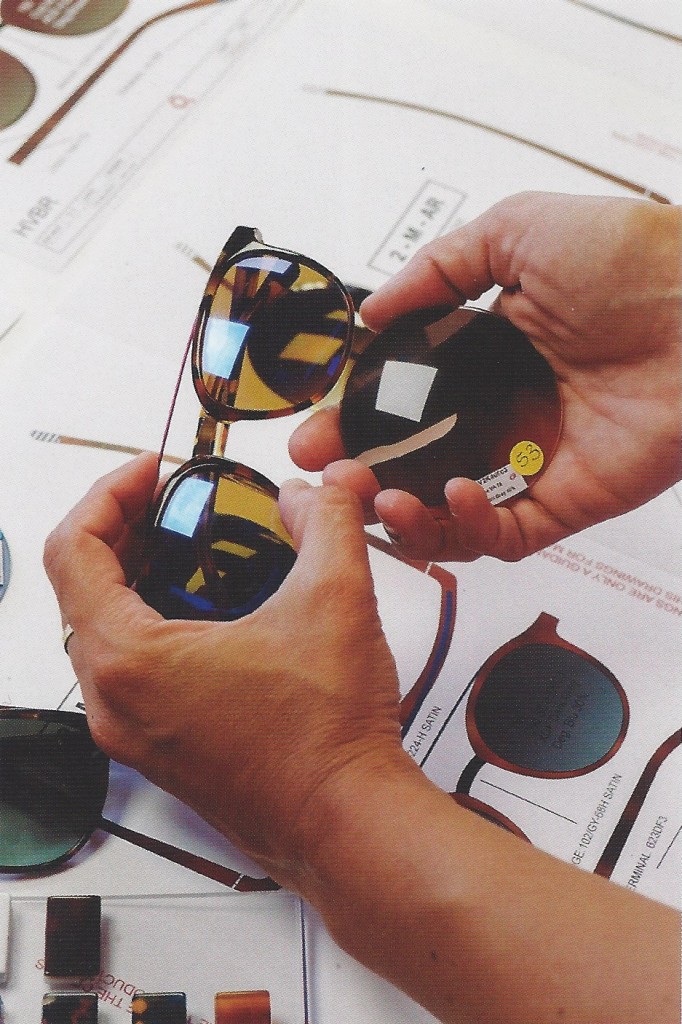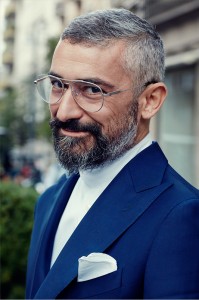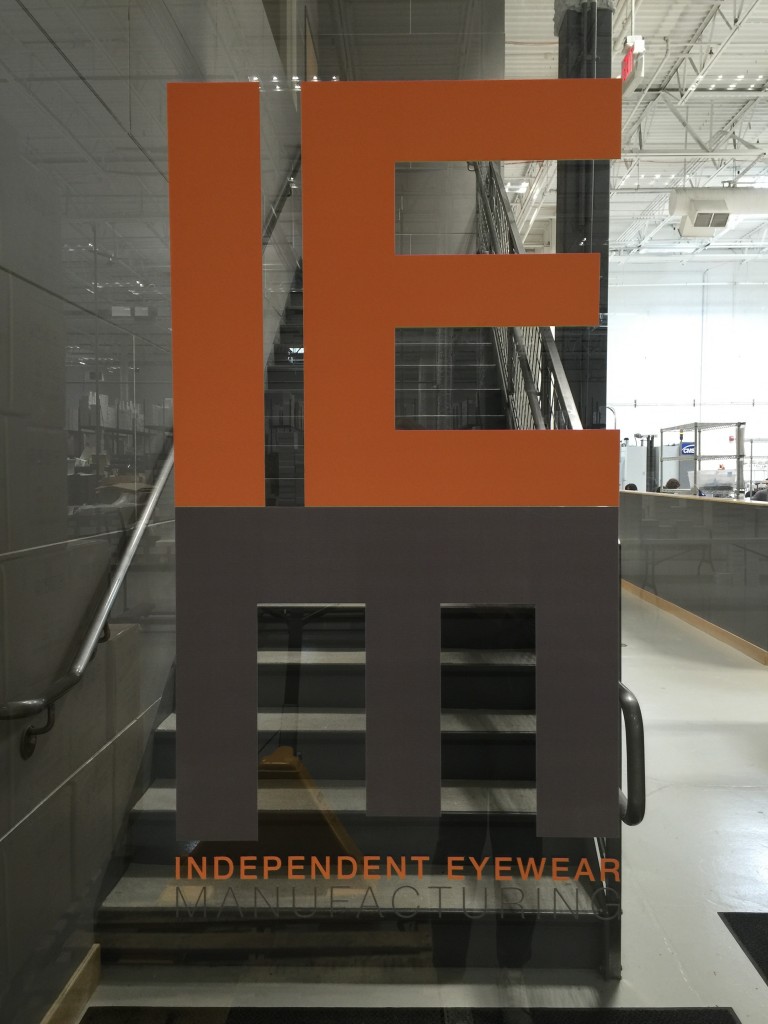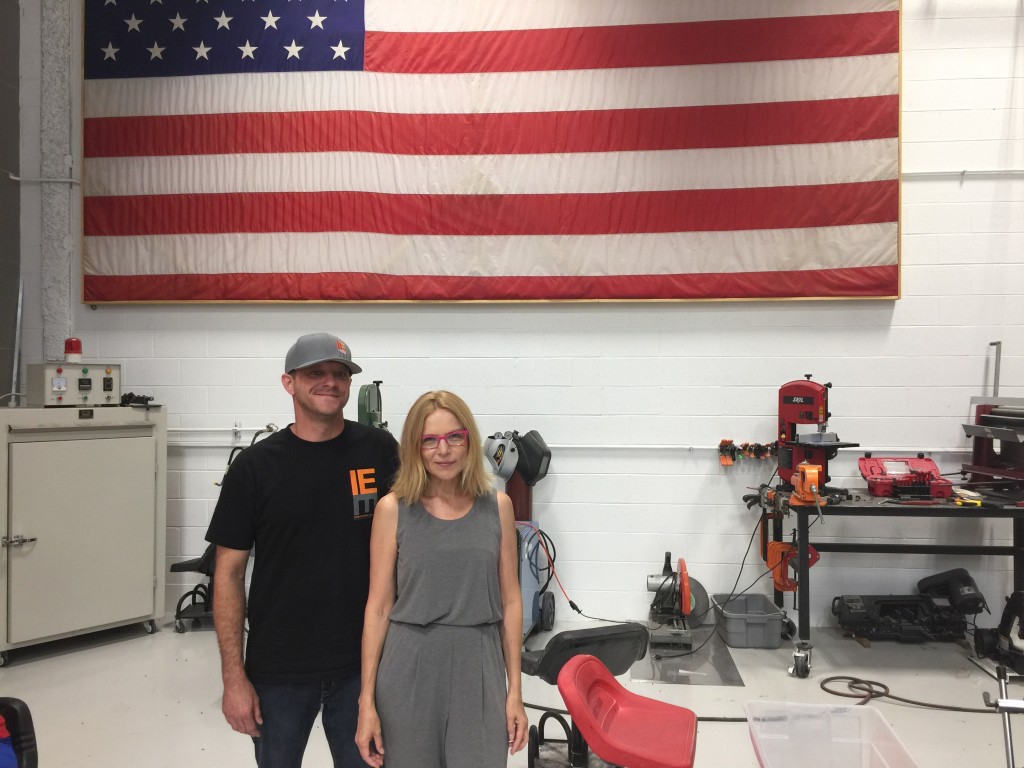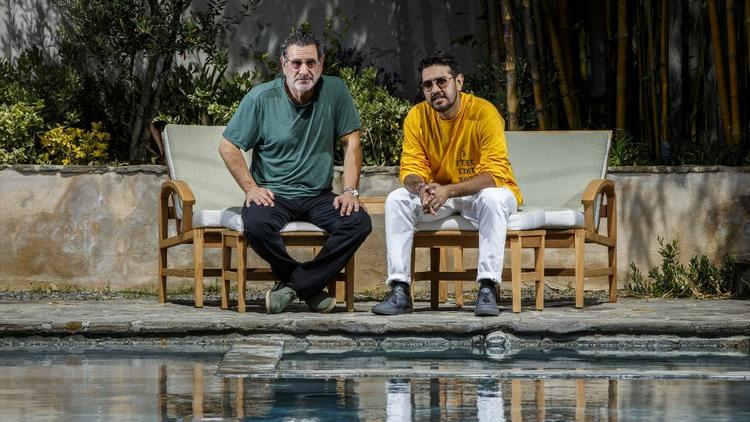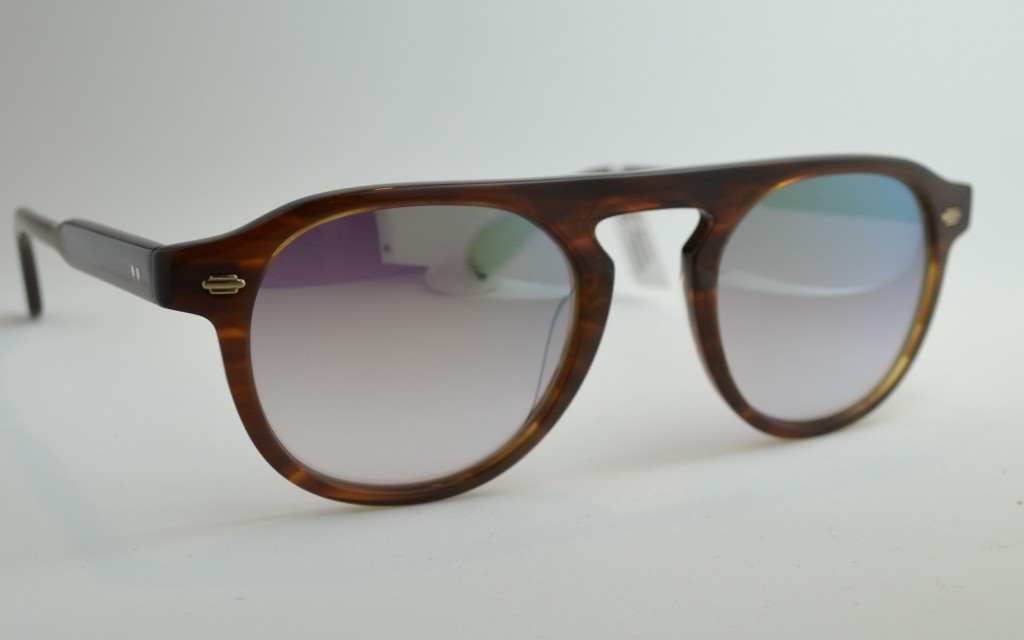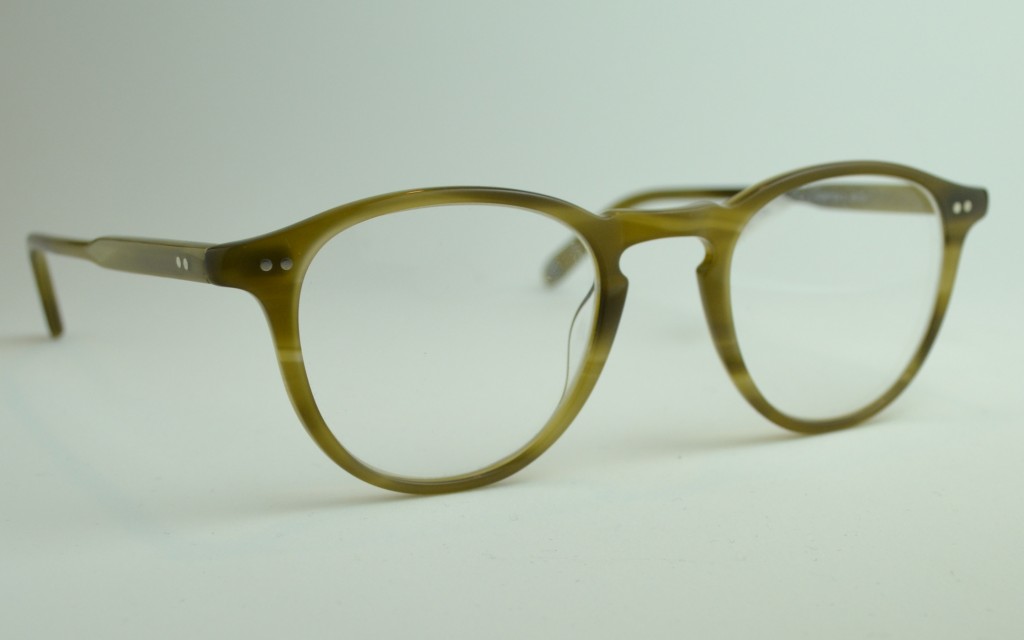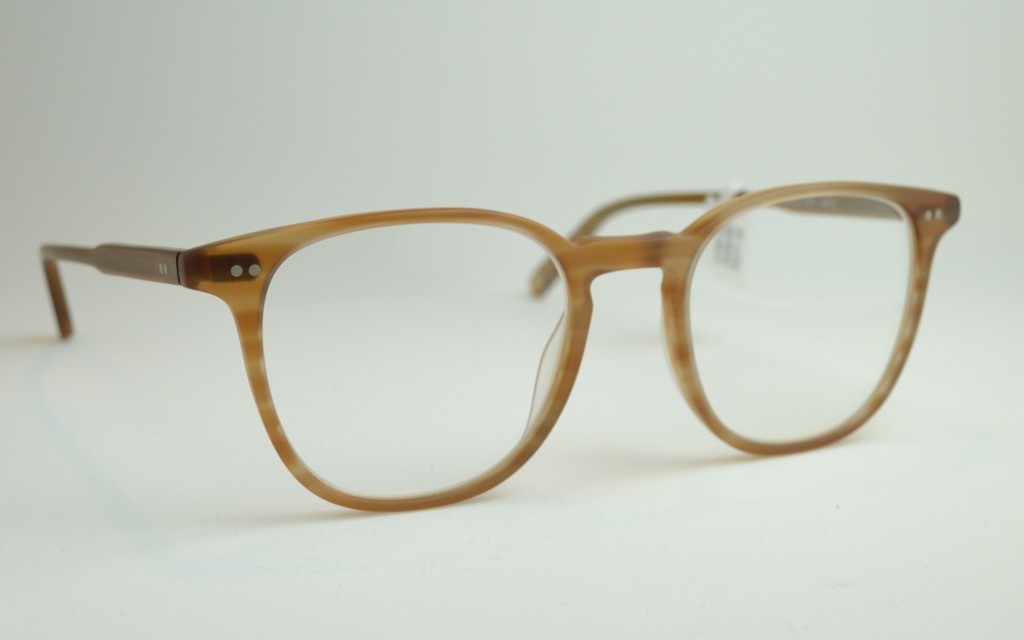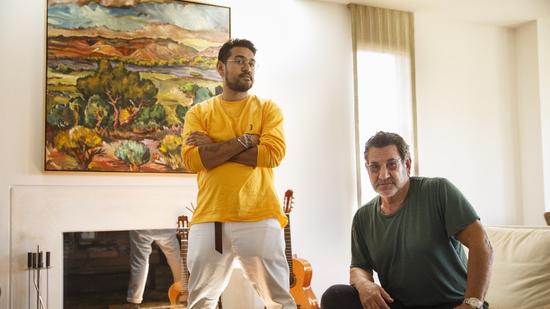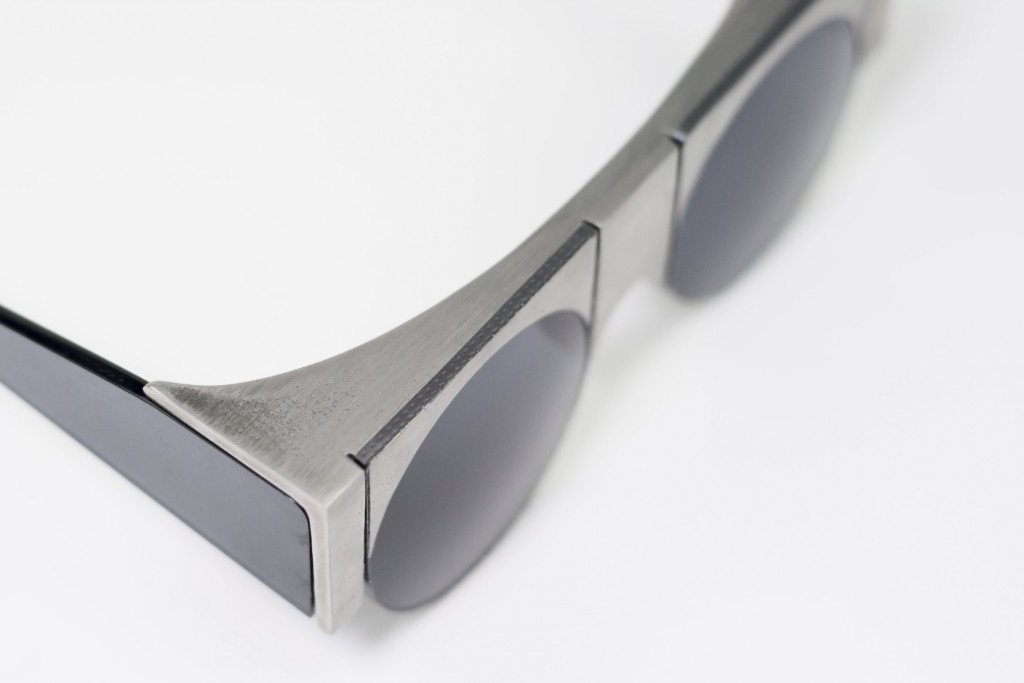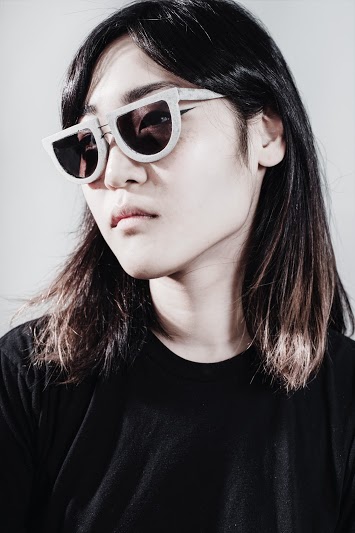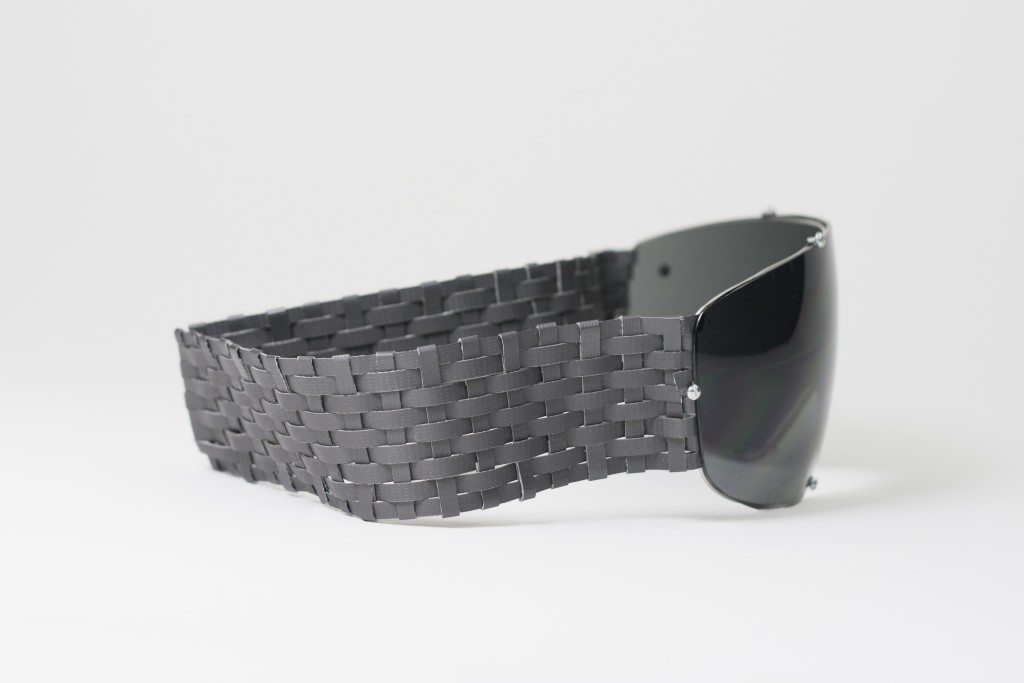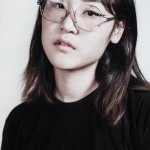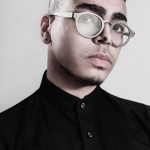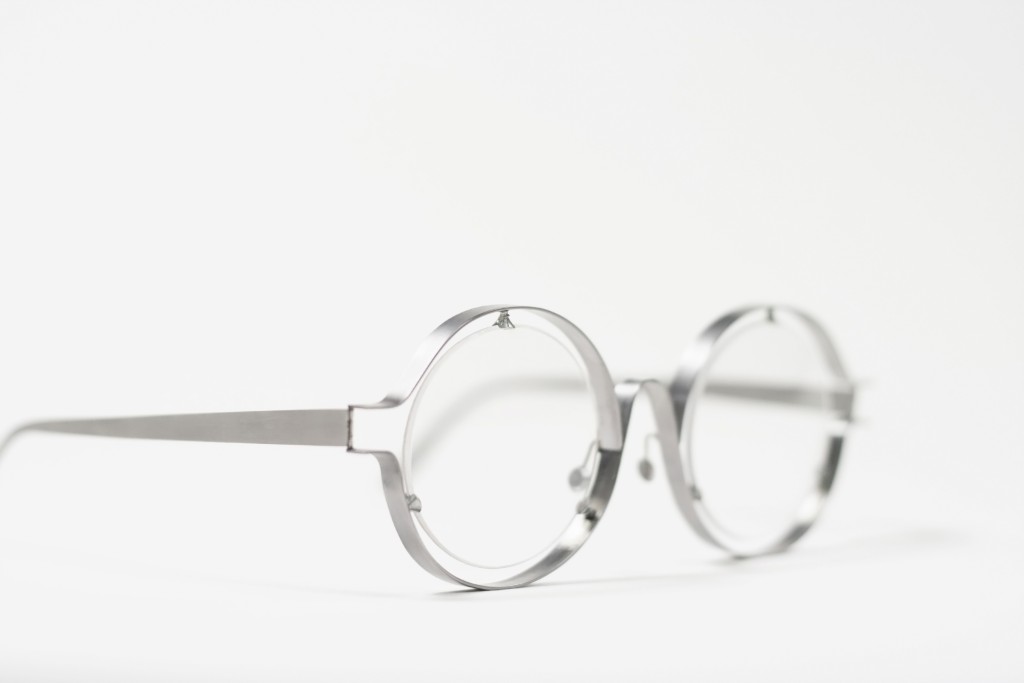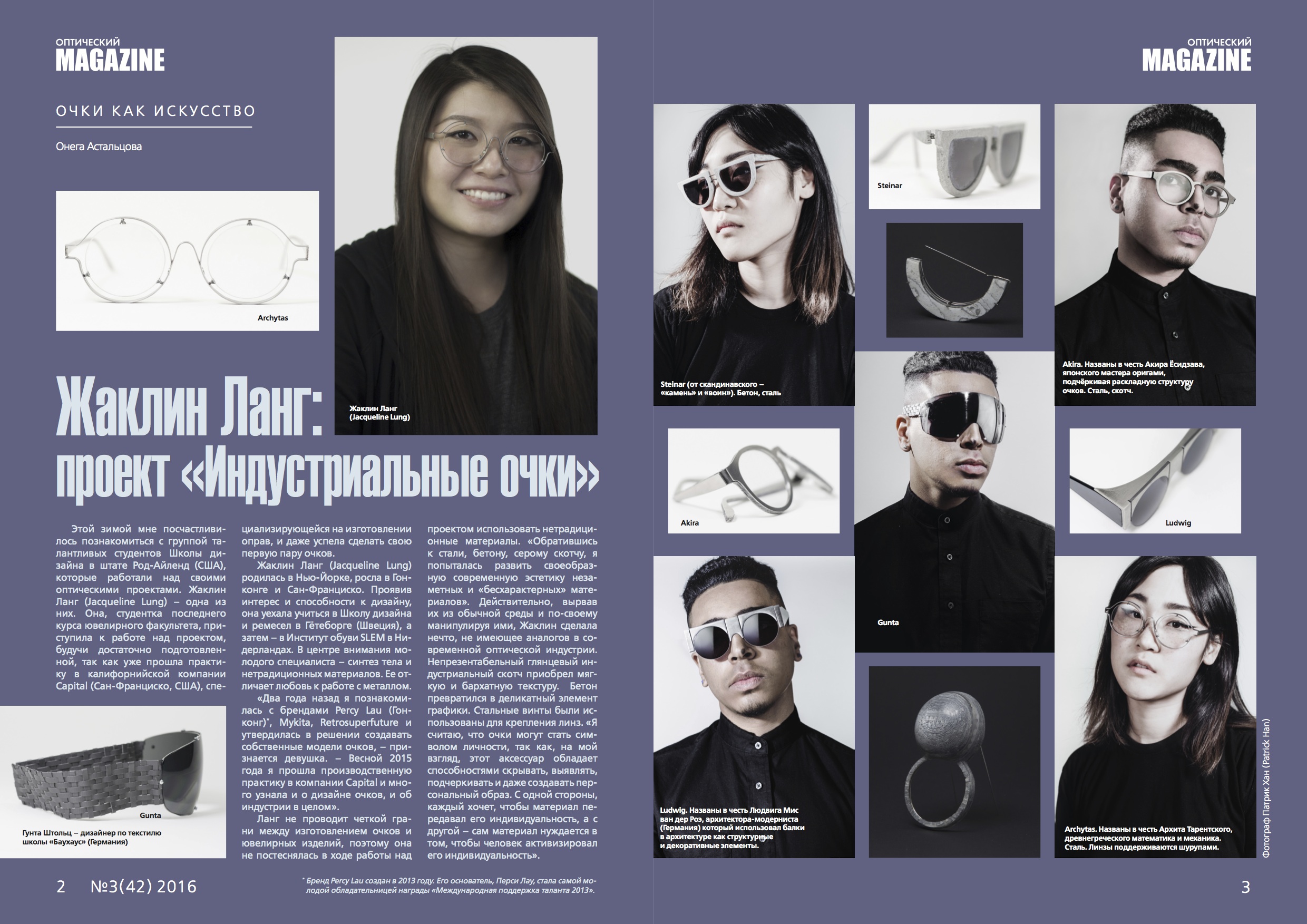Last week, the Sustainable Business Awards, organized by the third time in Singapore chose lens manufacturer Essilor as the award winner in the new category, “UN Sustainable Development Goals” in recognition of its contributions to 13 of the 17 United Nations Sustainable Development Goals. Specifically, Essilor received praise for reducing its environmental footprint, caring for its employees’ health and safety, promoting diversity, supporting education and ensuring responsible consumption and production.
To understand why this award is so significant, you have to understand a bit about Singapore and its values. Singapore is the capital of the country with the same name and it lies at the southern tip of a peninsula that juts into the South China Sea just north of the equator. Its tropical location is a big plus, but what makes the city unique is the way its green policies have transformed this densely populated urban local. It could be a typical dirty, crowded big city, but instead, it is graced by parks and gardens that provide a home for exquisite tropical flora. The city has instituted policies to support the environment, including beefing up public transportation, installing systems to catch and use rain water and retrofitting thousands of buildings to meet green standards.
A stunning example of how artistic design and eco-innovation come together in this city is the “Supertree Grove” located within the Gardens by the Bay. The “trees” are playful sculptures that support photovoltaic cells (informally called “solar panels”) and the “grove” is accessible to visitors via an elevated walkway that provides breathtaking views of the park and surrounding area. The energy collected by the cells lights the gardens at night while captured rainwater irrigates the gardens – a veritable beacon of green design.
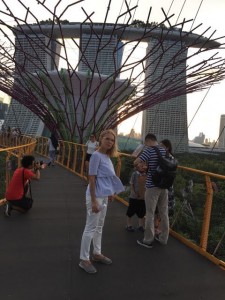
Providence Optical’s Onega Astaltsova enjoying the view from the elevated walkway in Singapore’s solar grove, August 2017
If that’s not enough to make you fall in love with the city, consider the fact that it is gaining a reputation – second only to Japan – as a “design destination”. This is not serendipity. The city leadership actively promotes design innovation by encouraging enterprise in this sector and sponsoring events like Singapore Design Week and Sustainable Business Awards, Singapore.
In accepting the award, Essilor executives pointed out that they see their mission as addressing the most widespread disability in the world: poor vision. Shockingly, 80% of impaired vision is treatable and yet this remains the greatest disability globally. Essilor’s efforts to address the issue through The Essilor Vision Foundation include vision screening events, donations of lenses and frames, and media campaigns to raise awareness, as well as support to local nonprofits with similar programs.
When you choose which lenses to purchase for your glasses, of course you want crystal-clear vision, but wouldn’t it be great if your purchase also could contribute to protecting the environment and helping people who live below the poverty line? Well, with Essilor, you can have it all!
Providence Optical proudly offers Essilor products to suit all our clients’ vision needs.
About Essilor International :
The world leading ophthalmic optics company, Essilor designs and manufactures a wide range of lenses to improve and protect eyesight. Its mission is to improve lives by improving sight. Its the most known brands are Varilux®, Crizal®, Transitions®, Xperio®, Foster Grant®. It employs 64,000 people and worldwide, markets its products in more than a 100 countries and has 33 plants, 5 research and development centers (including Essilor Innovation and Technology Center in Singapore), 490 prescriptions laboratories.
On August 23′ 2017 Essilor was named by Forbes as one of 100 of the world’s “Most Innovative Companies” for 2017.Essilor has first earned a spot in this prestigious list in 2010 and has been ranked every year ever since among the world 100 publicly traded companies identified by investors featuring the best innovation potential now and in the future.


